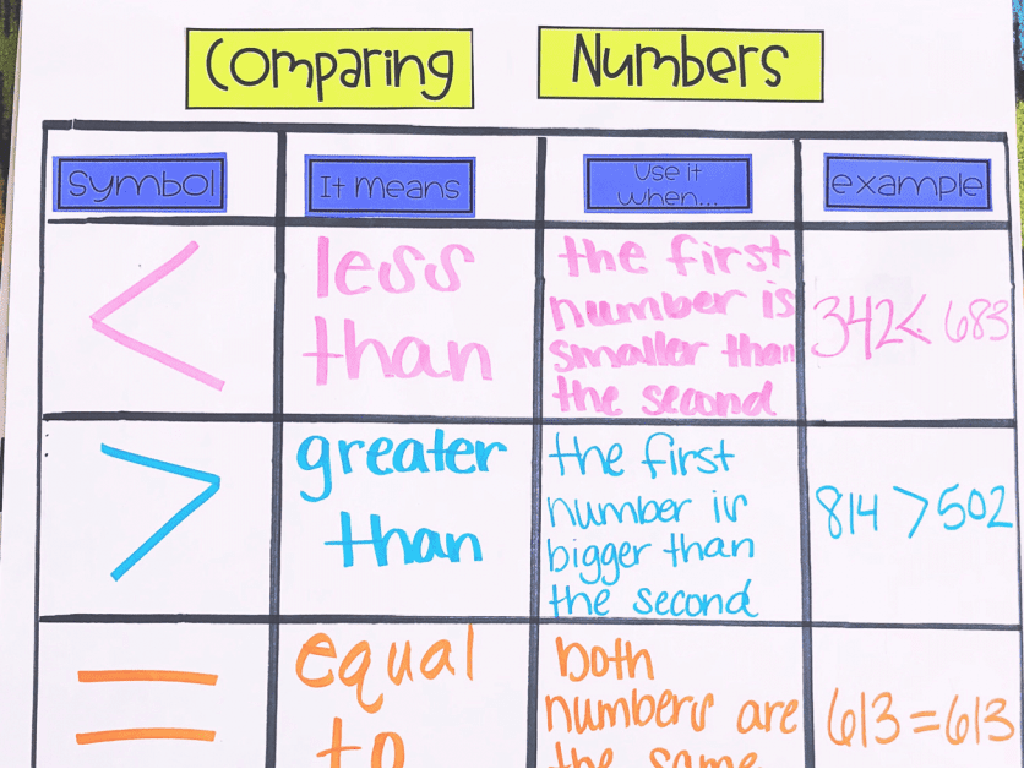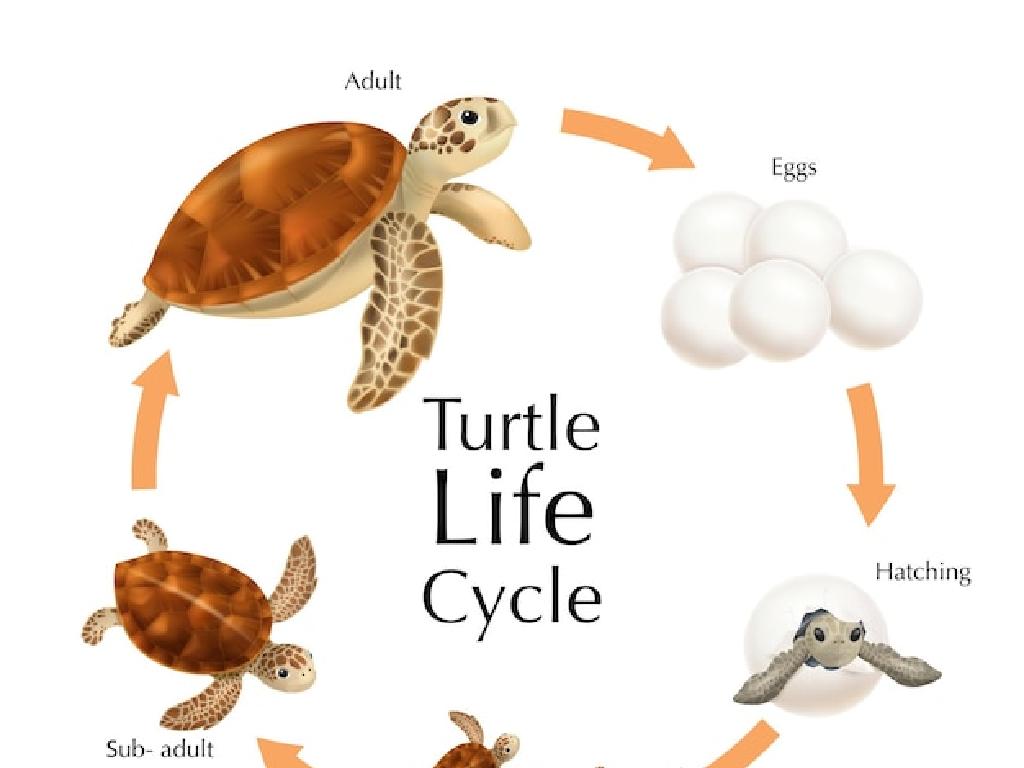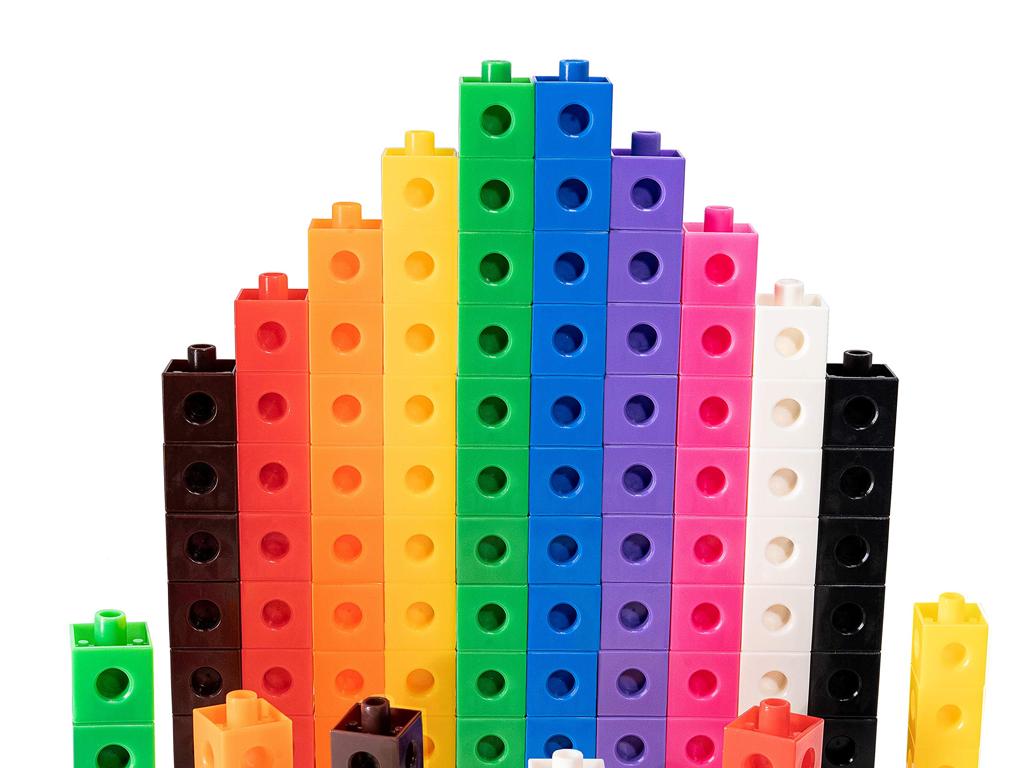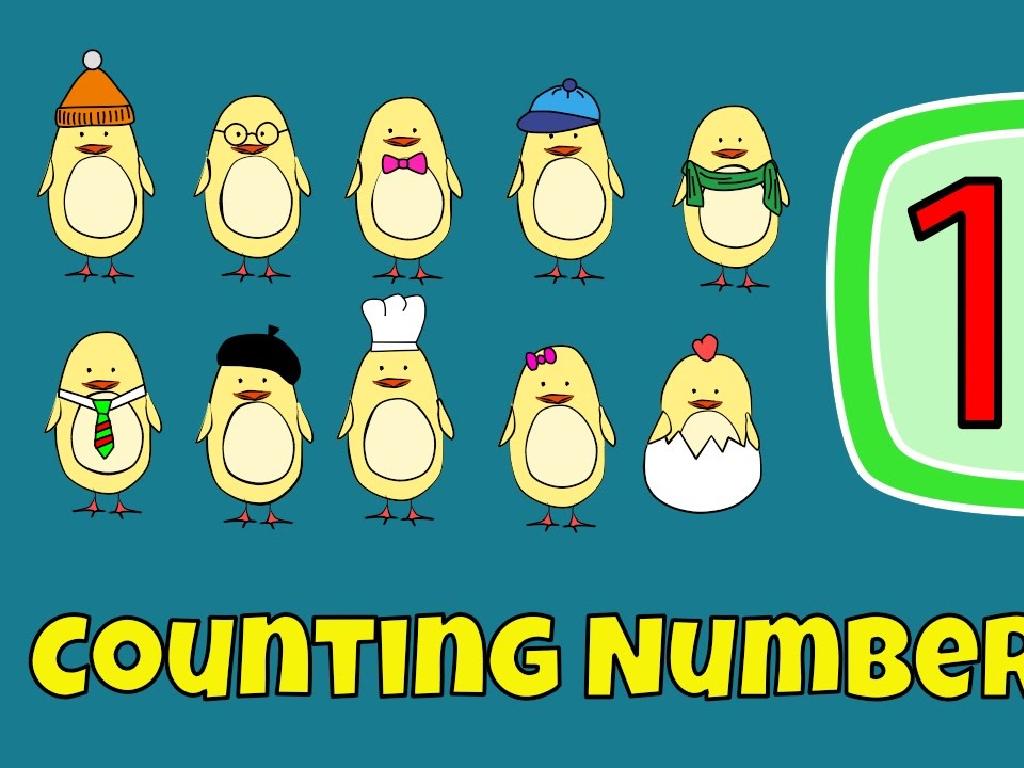Identify American Landmarks And Monuments: Part I
Subject: Social studies
Grade: Fifth grade
Topic: American Symbols, Landmarks, And Monuments
Please LOG IN to download the presentation. Access is available to registered users only.
View More Content
Exploring American Landmarks and Monuments
– Understanding landmarks and monuments
– Landmarks/monuments are places of importance or historical significance.
– Significance in history and culture
– They represent key events or achievements in American history.
– Tour of famous American sites
– Examples: Statue of Liberty, Mount Rushmore, and the Lincoln Memorial.
– Reflect on their importance
|
This slide introduces students to the concept of landmarks and monuments, emphasizing their role in commemorating significant events and achievements in American history and culture. Explain that landmarks can be natural or man-made and that monuments are usually structures created to honor a particular person or event. Use the slide to discuss why these sites are preserved and visited. Highlight a few famous landmarks such as the Statue of Liberty, symbolizing freedom and democracy; Mount Rushmore, representing four influential U.S. presidents; and the Lincoln Memorial, dedicated to the legacy of Abraham Lincoln. Encourage students to think about what these sites might teach us about American values and history.
Exploring American Landmarks
– What defines a landmark?
– A landmark is a recognizable, important place or feature.
– Types: Natural vs. Man-made
– Natural landmarks: Grand Canyon. Man-made: Mount Rushmore.
– Landmarks preserve history
– They are symbols of cultural heritage and historical events.
– Examples: Statue of Liberty, Grand Canyon
– The Statue of Liberty symbolizes freedom; Grand Canyon shows natural beauty.
|
This slide introduces students to the concept of landmarks, both natural and man-made, and their significance in American history and culture. A landmark is any location that is easily recognizable and has historical, cultural, or natural importance. Examples like the Statue of Liberty, which represents freedom and democracy, and the Grand Canyon, showcasing the country’s natural beauty, help students understand the diversity of landmarks. Discuss how landmarks connect us to our past and are a source of pride and remembrance. Encourage students to think of landmarks they have visited or would like to visit and what those places represent.
Exploring Monuments in America
– What defines a monument?
– A monument is a structure established to remember a person or event.
– Monuments: Beyond mere structures
– Monuments serve to honor, celebrate, or remember historical figures or events.
– Tributes to history and heroes
– Examples include the Lincoln Memorial as a tribute to President Abraham Lincoln.
– Monuments mark important events
– The signing of the Declaration of Independence is commemorated by monuments.
|
This slide introduces the concept of monuments to students, explaining their significance and purpose. Monuments are more than just stone and metal; they are symbols of our collective history and memory. They serve to honor and celebrate important figures and pivotal events that have shaped our nation. By understanding monuments, students can appreciate the stories and sacrifices they represent. Encourage students to think of monuments they know and what they stand for. Discuss why it’s important to have physical reminders of our past.
The Statue of Liberty: An American Icon
– Located in New York Harbor
– Stands on Liberty Island, welcoming visitors
– Symbolizes freedom and democracy
– Embodying the idea of liberty and equal rights
– A historic gift from France
– Commemorating the friendship between two nations
– Represents US values worldwide
|
The Statue of Liberty is not only an emblem of freedom and democracy but also a representation of the enduring friendship between France and the United States. It was gifted to the US in 1886 to celebrate the centennial of the American Declaration of Independence. The statue is a universal symbol of freedom and has welcomed millions of immigrants to the United States as they entered New York Harbor. In this lesson, students will learn about the statue’s significance, its location, and the values it represents. Encourage students to think about what liberty means to them and how symbols like the Statue of Liberty help to unite people under shared ideals.
Exploring Mount Rushmore
– Mount Rushmore’s location
– Situated in South Dakota’s Black Hills
– Portraits of four presidents
– Features George Washington, Thomas Jefferson, Theodore Roosevelt, and Abraham Lincoln
– Symbol of American history
– Represents over 150 years of U.S. history
– Celebrating leadership
– Honors the contributions of these leaders to the nation
|
Mount Rushmore is a monumental granite sculpture located in the Black Hills of South Dakota. It features the 60-foot faces of four U.S. presidents: George Washington, Thomas Jefferson, Theodore Roosevelt, and Abraham Lincoln. These presidents were chosen to represent the birth, growth, development, and preservation of the United States, symbolizing over 150 years of American history. The monument is not only a celebration of these leaders and their contributions to the country but also a reminder of the enduring legacy of American leadership and democracy. Encourage students to reflect on what each president did for the country and how these actions have shaped the nation’s history.
Exploring the Lincoln Memorial
– Located in Washington, D.C.
– Honors President Abraham Lincoln
– Dedicated to the 16th President of the U.S.
– A symbol of unity
– Reflects the nation’s desire for harmony
– Represents equality for all
– Emphasizes the importance of equal rights
|
The Lincoln Memorial is an American national monument built to honor the 16th President of the United States, Abraham Lincoln. It is situated on the western end of the National Mall in Washington, D.C., and is a symbol of the country’s commitment to unity and equality. The memorial has been the site of many famous speeches and events, including Martin Luther King Jr.’s ‘I Have a Dream’ speech. When discussing the memorial, emphasize its significance in American history and its role in representing the ideals that President Lincoln stood for. Encourage students to reflect on what unity and equality mean to them and how important landmarks help us remember and uphold these values.
Exploring the Washington Monument
– Located in Washington, D.C.
– Capital city’s famed monument
– Tallest stone obelisk
– Soars above the skyline at 555 feet
– Honors George Washington
– First U.S. president and a Founding Father
– Symbol of national pride
– Represents America’s history and achievements
|
The Washington Monument, standing tall in Washington, D.C., is an iconic symbol of the United States. It’s the world’s tallest stone structure and obelisk, measuring 555 feet in height. This monument is dedicated to George Washington, the first President of the United States and a key figure in American history. It serves as a testament to his leadership and the country’s achievements. When discussing this landmark, emphasize its significance as a tribute to one of the nation’s Founding Fathers and its role in American heritage. Encourage students to reflect on the monument’s symbolism and what it represents about the values and history of the United States.
Class Activity: Create Your Monument
– Imagine being a monument designer
– Decide whom or what to honor
– Draw your monument
– Use your creativity and think about materials and location
– Prepare to present your design
– Think about why your chosen subject is important
|
This activity encourages students to engage creatively with the concept of American landmarks and monuments. Students will imagine themselves as designers tasked with creating a new monument. They should consider who or what has had a significant impact on their lives or the community and deserves to be honored. Provide drawing materials and give them time to sketch their monument, considering factors like materials, size, and location. Once completed, each student will explain their design and reasoning to the class. This will help them understand the purpose and significance behind real monuments. Possible variations of the activity could include creating a monument for a local hero, a historical figure, or an important event in American history.
Discussion and Reflection: Our Monuments
– Share your monument designs
– Discuss your chosen honoree
– Why is the person or event important to you?
– Reflect on today’s learning
– What facts about landmarks stood out?
– Understand monuments’ significance
|
This slide is meant to facilitate a classroom discussion where students will present their own designs for a monument. They should explain their choice of person or event that they feel deserves recognition through a monument. This activity encourages students to apply their knowledge of American landmarks and monuments and to reflect on the importance of commemorating history. As a teacher, guide the discussion by asking probing questions that help students think critically about their choices and the impact of monuments on American culture. Provide a supportive environment for sharing and ensure that each student has the opportunity to discuss their design and reasoning.






